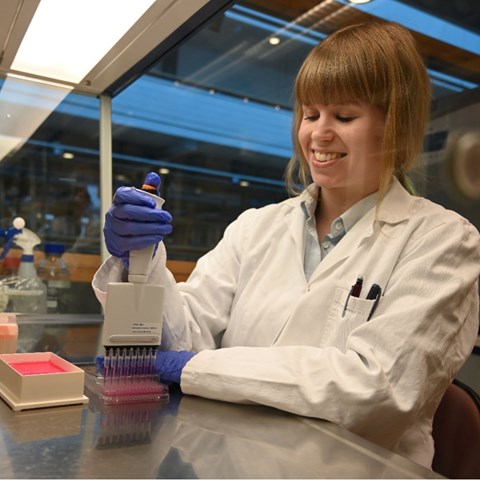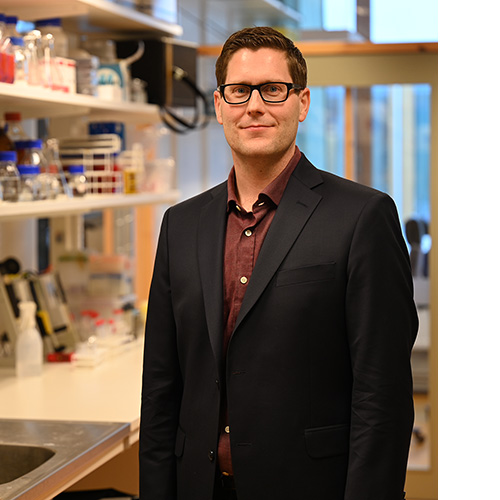Facts:
Project time: 2019-2023
The project if financed by an SLU Career Grant awarded to Johan Lundqvist (link only in Swedish).
Group members
Johan Lundqvist, Associate Professor
Erica Selin, Doctoral student
Geeta Mandava, research engeineer

Tens of thousands of compounds have been spread into the environment. Some of these can pose a threat to public health if humans are exposed, for example via dietary intake.
The aim of this project is to use a new approach, based on modified cultured mammalian cells, to identify such chemical hazards in food and food contact materials. The great strength with these effect based methods is that they integrate the effects of both known and unknown chemicals as well as potential cocktail effects.
Our current knowledge regarding hazardous compounds in the environment is to a large degree based on studies where such compounds have been studied one by one. That is, however, not how humans or the environment is exposed to these compounds. Instead, the exposure is in the form of very complex mixtures of a large number of compounds.
We also have limited knowledge on which compounds in the environment that poses the largest threat to human health and the ecosystem at large. Numerous research studied have shown that up to 99% of the toxicity in a complex sample from the environment (for example a water sample) is caused by unknown compounds or cocktail effects.
In this project, we use effect-based methods, based on cultured mammalian cells that have been modified to respond to different classes of hazardous chemicals. Using these methods, we study the presence of hazardous chemicals in food contact materials and selected food items.
Recently published studies from this project:
Project time: 2019-2023
The project if financed by an SLU Career Grant awarded to Johan Lundqvist (link only in Swedish).
Group members
Johan Lundqvist, Associate Professor
Erica Selin, Doctoral student
Geeta Mandava, research engeineer

Johan Lundqvist
Researcher, Department of Biomedical Sciences and Veterinary Public Health , SLU
E-mail: johan.lundqvist@slu.se
Phone: 018-67 11 97